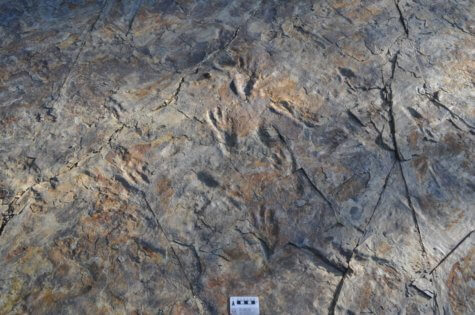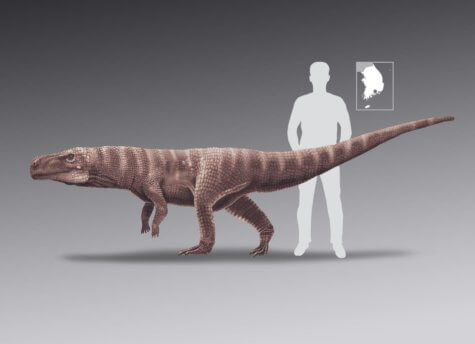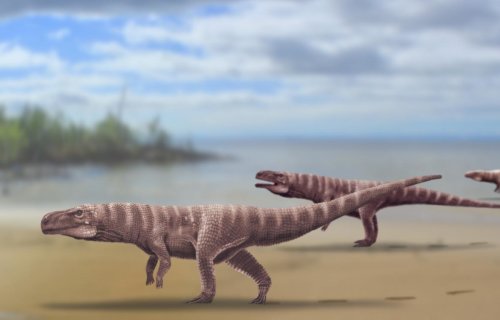DENVER, Colo. — For most people, crocodiles are intimidating enough just as they are. A new discovery in South Korea has scientists thinking their ancestors had some shocking abilities.
Paleontologists say ancient footprints in the country belong to a large creature that walked on two legs and is related to the modern-day crocodile. The surprisingly well-preserved footprints are about 110 to 120 million years-old, according to study in Scientific Reports.
Researchers from Korea, Australia, and the University of Colorado-Denver say although prehistoric crocodiles were more adapted to life on dry land, most of these relatives were small and walked on all fours.
“It shocked us to learn that the trackways represent bipedal animals 3-4 meters long,” says Professor Kyung Soo Kim in a university release.
A land of fantastic fossils
The research team says the footprints are in the Lower Cretaceous Jinju Formation of South Korea. The fossil trackers add these prints are so clear they even show the animal’s skin impressions.

The nearly foot-long tracks, named Batrachopus grandis, are so well-preserved they also show the crocodile’s bone structure and reveal how the creatures walked on land.
“Nobody expected such large bipedal crocs,” Martin Lockley from the University of Colorado explains. “The Jinju Formation is so rich in tracks; you can read the entire ecology.”
“Fossil crocodile tracks are quite rare in Asia, so finding an abundance of nearly one hundred footprints was extraordinary,” Dr. Anthony Romilio from the University of Queensland adds in a release.
Walk this way
Unlike the sprawling way modern crocs walk around, the paleontologists say these tracks are much more narrow like a human’s. There is evidence of parallel tracks at the site, leading researchers to believe these creatures also traveled in packs.

“Oddly, our trackways are very narrow looking – more like a crocodile balancing on a tight-rope,” Prof. Kim explains. “When combined with the lack of any tail-drag marks, it became clear that these creatures were moving bipedally.”
Scientists say, based on the ancient croc’s foot size, their legs are about the same height of a human leg. Overall, the animal is thought to be about 14 feet long.
The discovery also solves a prehistoric mystery. The study says a set of poorly-preserved biped tracks were found at another South Korean fossil site in 2012. At the time, scientists didn’t know what could have made the footprints. Now, Kim and his team say it’s the crocodile’s giant two-legged relative.
Like studies? Follow us on Facebook!

Hahaha